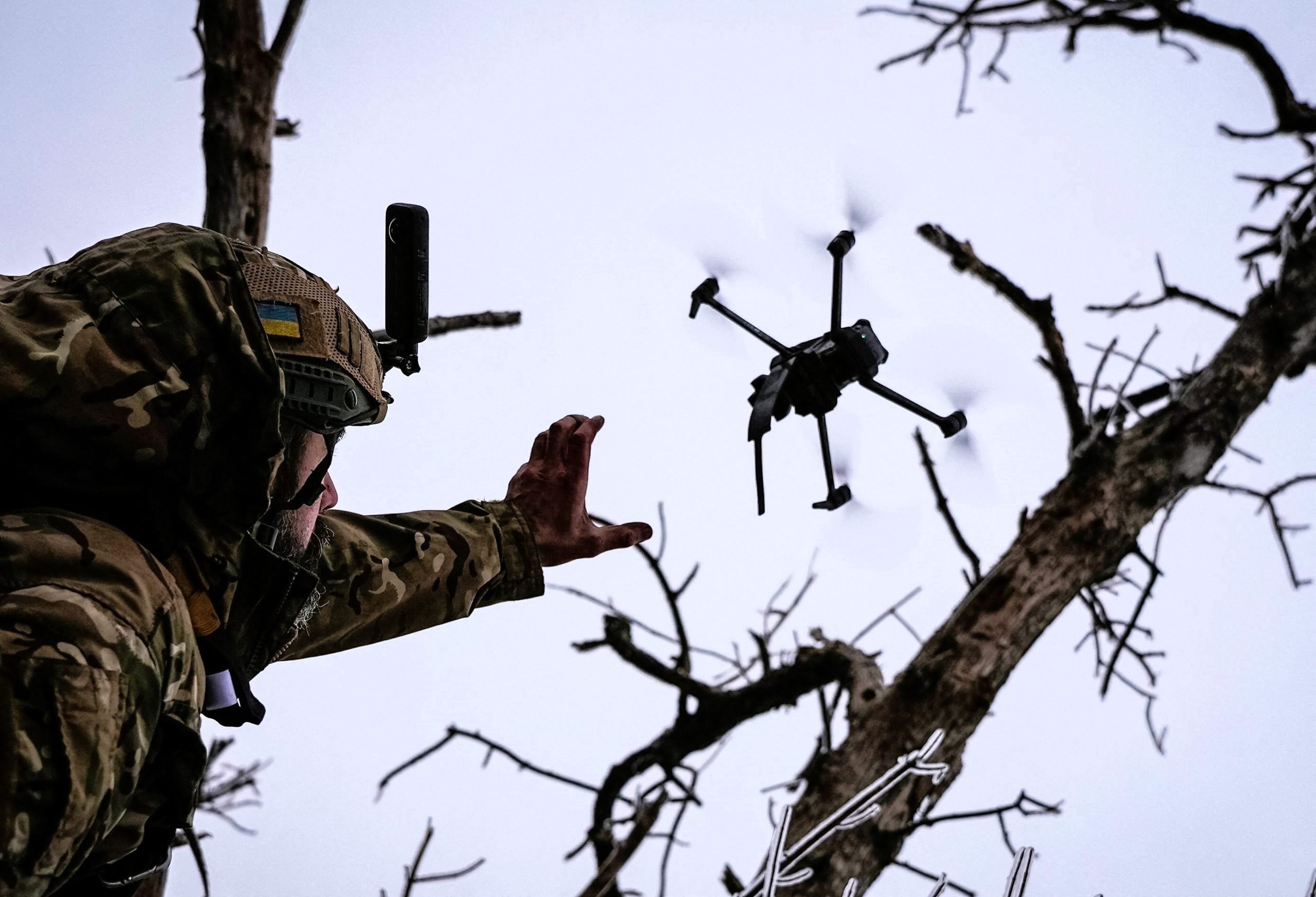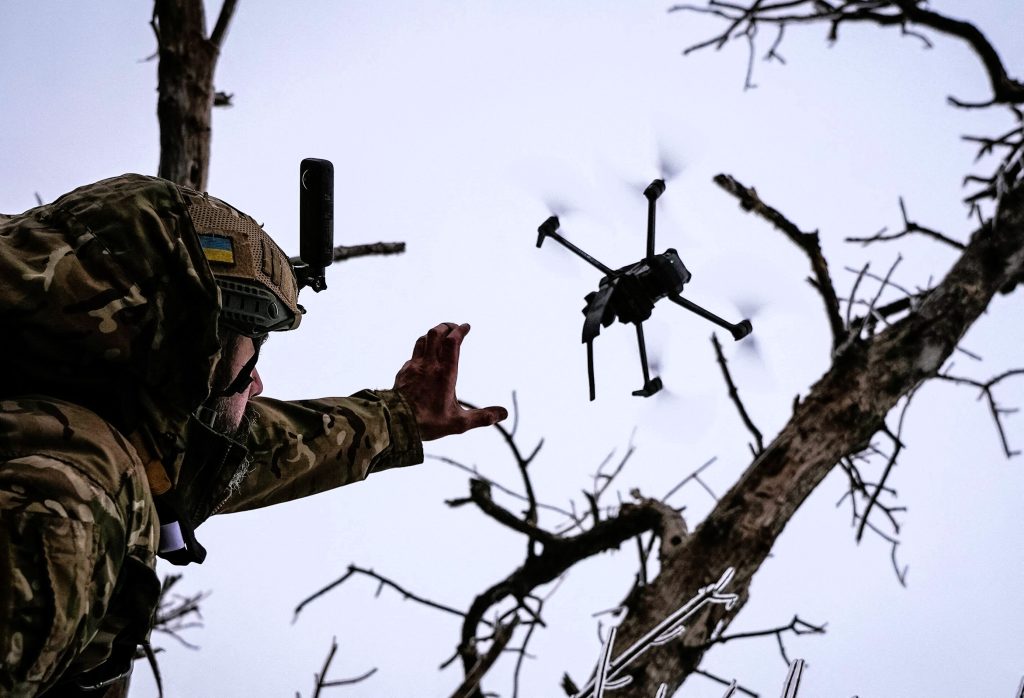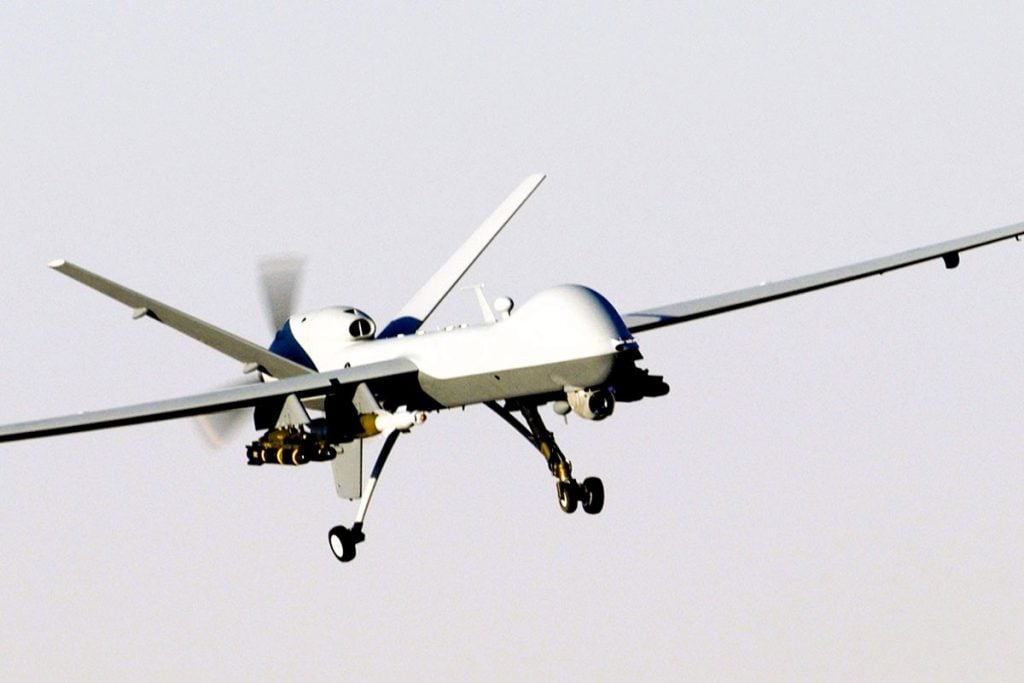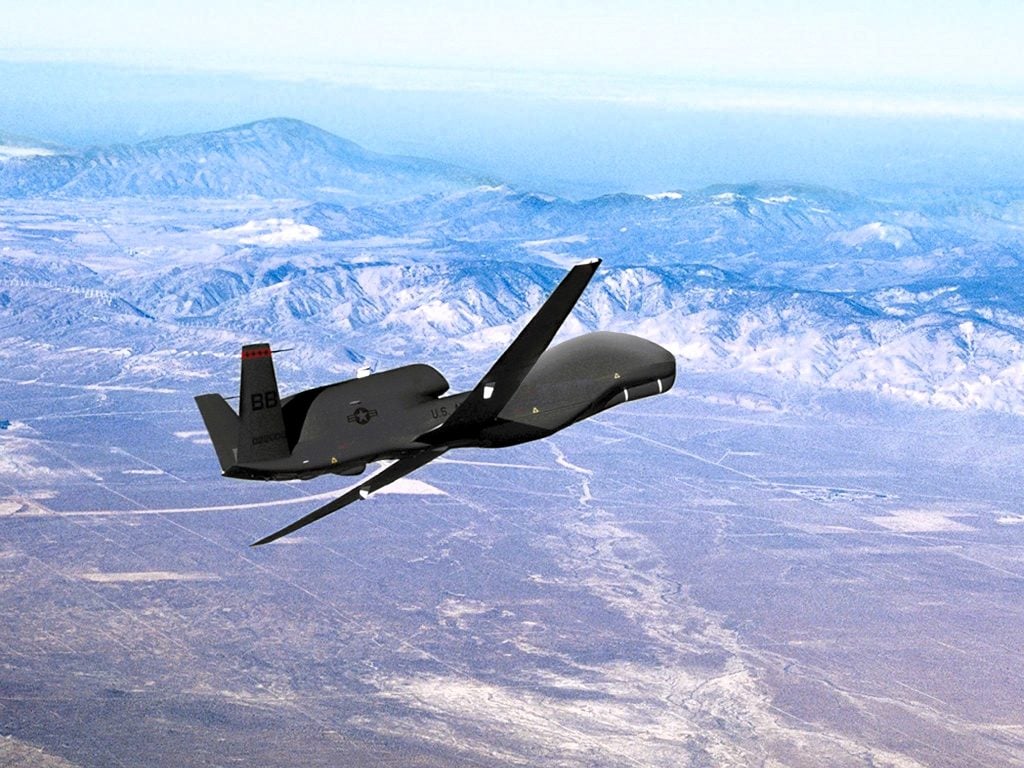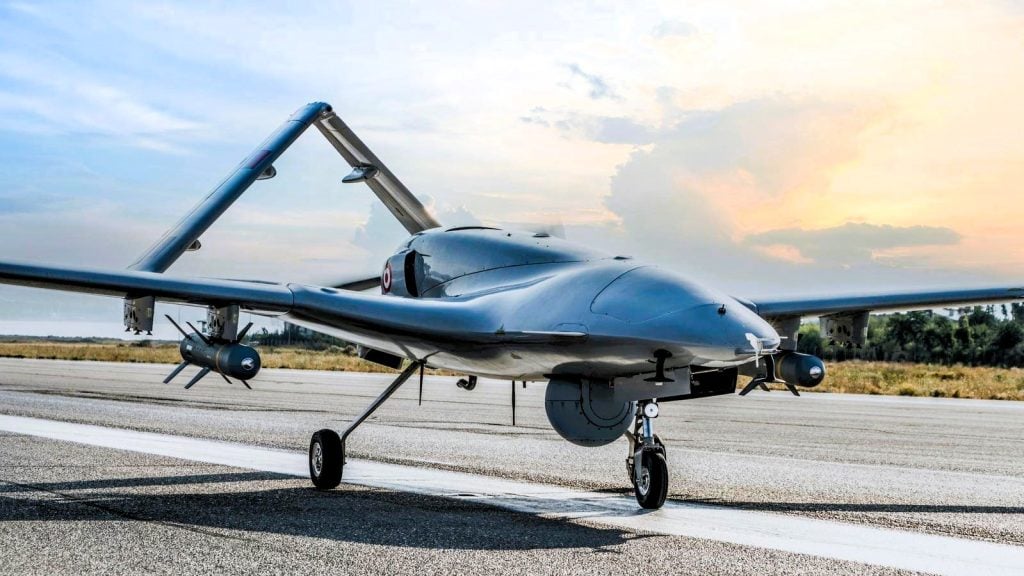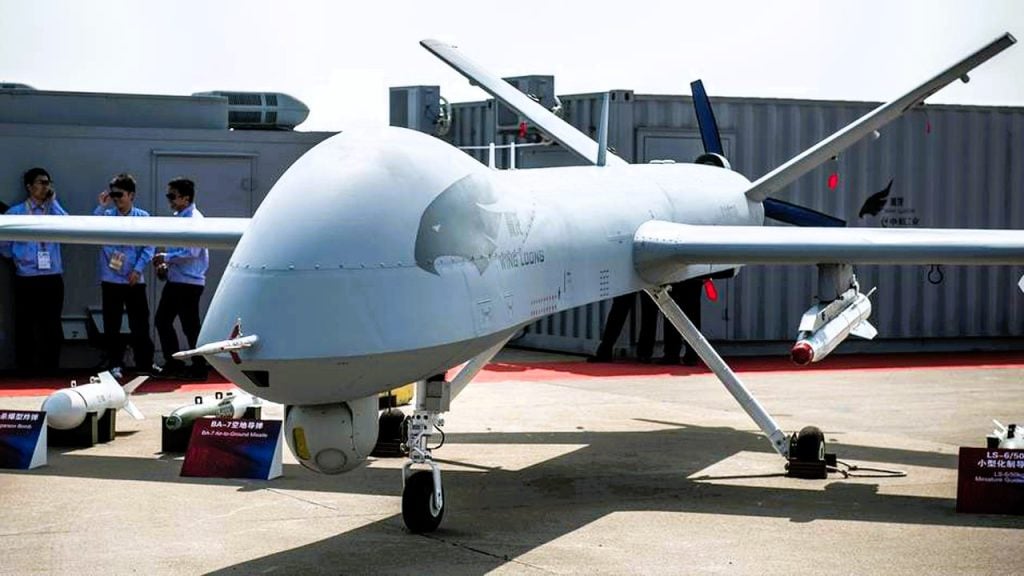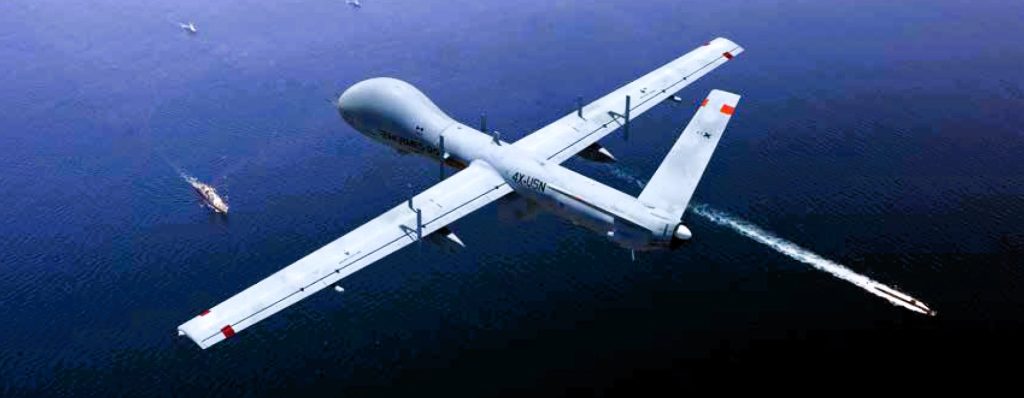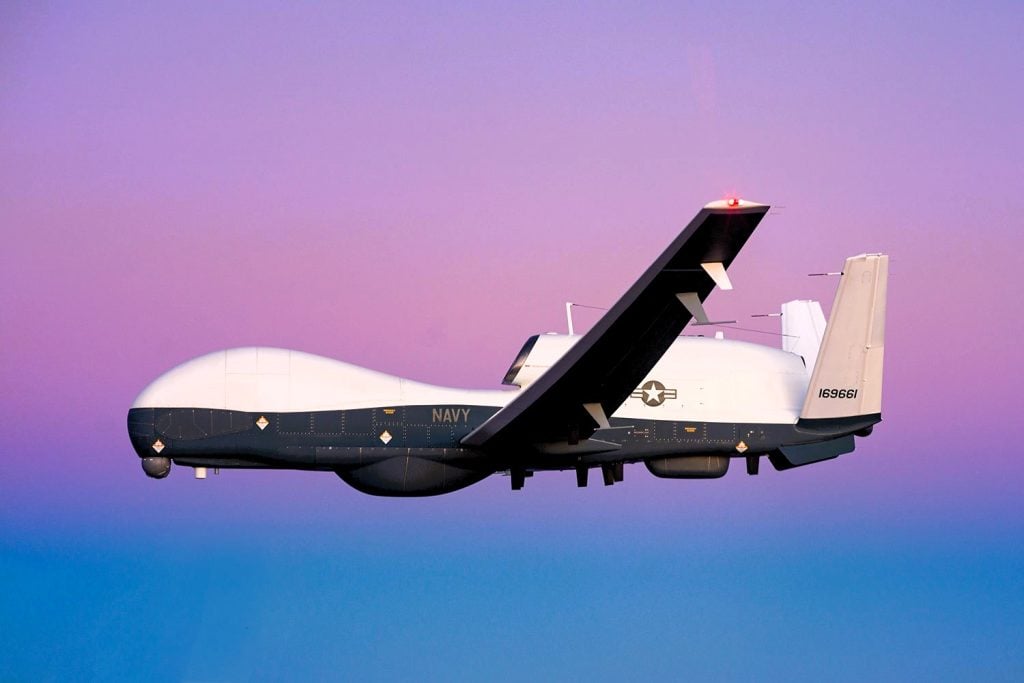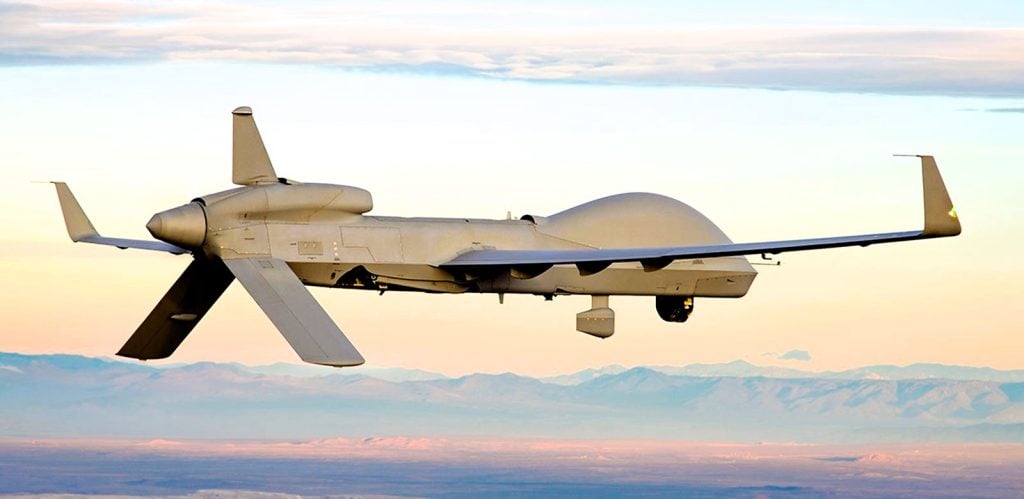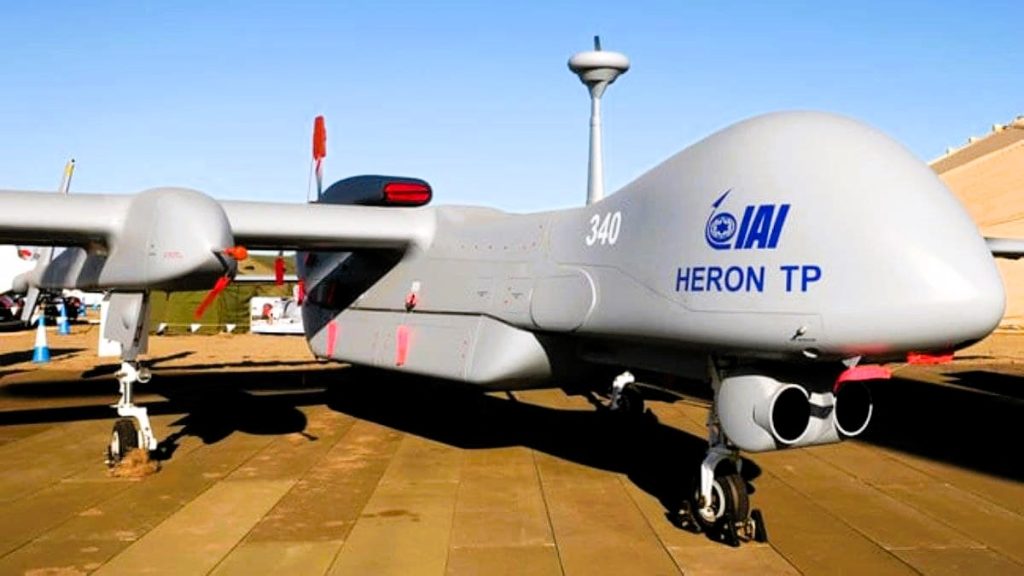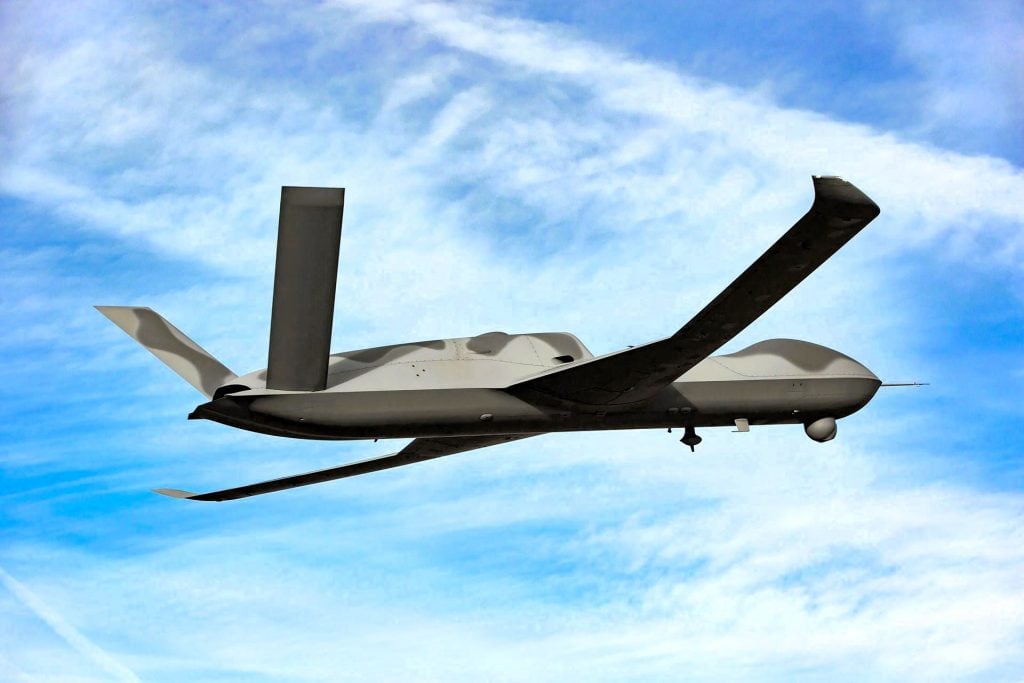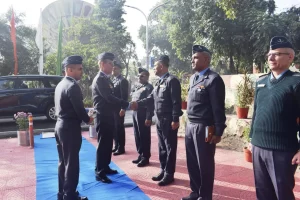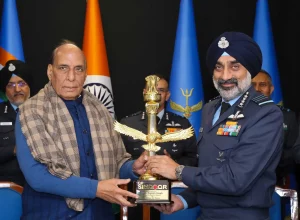Military drones have revolutionized modern warfare, offering unparalleled surveillance, reconnaissance, and combat capabilities. These unmanned aerial vehicles (UAVs) enhance operational efficiency while reducing risks to personnel. The evolution of drone technology is led by the US military and other nations, aiming to strengthen their defense capabilities with advanced UAVs.
This article explores the top 10 best military drones in the world 2024, detailing their features and roles in global defense strategies. From the renowned MQ-9 Reaper to the innovative RQ-4C Triton, each drone represents significant technological advancements.
We will cover US military drones and international models like the Bayraktar TB2 and Wing Loong II, highlighting their global significance in modern defense. This overview provides insight into the evolving landscape of military drones and their crucial role in future warfare strategies.
1. MQ-9 Reaper
Overview
The General Atomics MQ-9 Reaper, also known as Predator B, is a key asset in the U.S. Air Force, designed for high-altitude, long-endurance surveillance and precision strikes. This UAV, with its 950-shaft-horsepower turboprop engine, can carry 15 times more ordnance and operate three times faster than its predecessor, the MQ-1 Predator.
Capabilities
The MQ-9 Reaper excels in surveillance and combat, equipped with the Multi-Spectral Targeting System (MTS-B) that integrates various visual sensors for precise targeting. It can deploy up to eight laser-guided AGM-114 Hellfire missiles and can be fitted with external fuel tanks to extend its range and operational duration.
Operational Uses
The MQ-9 Reaper is versatile, performing intelligence, surveillance, reconnaissance (ISR), close air support, combat search and rescue, and precision strike missions. Its ground control system allows for effective command from remote locations, enhancing its role in irregular warfare operations.
2. Global Hawk
Overview
The RQ-4 Global Hawk, developed by Northrop Grumman, is a high-altitude, long-endurance UAV providing global all-weather, day or night intelligence, surveillance, and reconnaissance (ISR) capabilities. It supports joint combatant forces with broad-spectrum data collection.
Capabilities
The Global Hawk features IMINT, SIGINT, and MTI sensors for persistent near-real-time coverage. It has various block configurations, including:
- Block 20: Initially with IMINT capabilities, some retrofitted as EQ-4 communication relays.
- Block 30: A multi-intelligence platform with multiple sensors.
- Block 40: Enhanced with RTIP radar for improved SAR and MTI data.
Operational Uses
With over 30 hours of endurance, the Global Hawk supports operations in conflict zones and humanitarian missions, providing high-resolution imagery and communication relays, essential for both military and civilian applications.
3. Bayraktar TB2
Overview
The Bayraktar TB2, developed by Baykar, is a MALE drone designed for ISR and armed attack missions. It integrates a suite of solutions for various operational needs and is the first of its category to be exported internationally.
Capabilities
Equipped with a triple redundant avionic system and advanced sensors, the Bayraktar TB2 supports fully autonomous operations. It carries laser-guided munitions and features technology like the Osprey AESA radar and IFF transponders.
Operational Uses
The Bayraktar TB2 has been used in conflict zones like Syria and Libya, proving effective in combat environments. Its long endurance allows for extended missions, providing persistent aerial surveillance and precision strikes.
4. Wing Loong II
Overview
The Wing Loong II, developed by Chengdu Aircraft Industry Group, is a sophisticated UAV designed for surveillance, reconnaissance, and precision strikes. It features a longer body and wider wingspan for enhanced capabilities.
Capabilities
The Wing Loong II supports fully autonomous operations and carries various payloads, including bombs and missiles. It features a satellite communications antenna for long-range data transmission and can operate for up to 20 hours.
Operational Uses
The Wing Loong II has been deployed in various military operations, demonstrating its capability in integrated combat scenarios. It provides crucial support in monitoring and striking high-value targets.
5. Elbit Hermes 900
Overview
The Elbit Hermes 900, developed by Elbit Systems, is an advanced MALE UAV designed for both military and civilian applications. It offers extended capabilities and performance enhancements over its predecessor, the Hermes 450.
Capabilities
With state-of-the-art avionics and a powerful engine, the Hermes 900 operates at altitudes up to 30,000 feet with a payload capacity for various sensors and equipment. It can stay airborne for up to 36 hours.
Operational Uses
The Hermes 900 performs tasks such as intelligence gathering, surveillance, and reconnaissance. It is used in international missions, border patrol, maritime surveillance, and disaster response operations.
6. RQ-4C Triton
Overview
The Northrop Grumman RQ-4C Triton is a maritime surveillance drone designed to complement the P-8 Poseidon in the U.S. Navy’s BAMS program. It features enhancements to meet maritime patrol and reconnaissance requirements.
Capabilities
The Triton has advanced maritime radar and sensors for 360-degree coverage. It operates at altitudes up to 55,000 feet with a mission radius of 8,200 nautical miles and an endurance of up to 24 hours.
Operational Uses
The Triton supports maritime surveillance, real-time intelligence, and search and rescue missions. Its extensive coverage and high-resolution sensors make it essential for national security and maritime domain awareness.
7. MQ-1C Gray Eagle
Overview
The General Atomics MQ-1C Gray Eagle is an advanced version of the Predator UAV, tailored for the U.S. Army’s extended-range multi-purpose requirements. It is designed for long-endurance reconnaissance, surveillance, target acquisition, and strike missions.
Capabilities
Gray Eagle features a heavy fuel engine for improved endurance and efficiency. It carries various sensors and up to four Hellfire missiles, with an endurance of over 25 hours.
Operational Uses
The MQ-1C Gray Eagle provides real-time situational awareness and precision strikes. It supports battlefield commanders in various missions, including convoy escort and communications relay.
8. Heron TP
Overview
The IAI Eitan, known as Heron TP, is an advanced MALE UAV developed by Israel Aerospace Industries. It offers extended capabilities to meet operational requirements for the IDF and international clients.
Capabilities
Heron TP operates at altitudes up to 45,000 feet with an endurance of 70 hours. It carries various payloads and precision-guided munitions, providing versatile ISR and strike capabilities.
Operational Uses
Heron TP is used for intelligence gathering, surveillance, reconnaissance, and armed attacks. Its long endurance and high altitude capabilities support extensive operations in various environments.
10 Must-Watch Bollywood Movies Based on the Indian Army
100 Negative WAT Words That You May face In SSB Interview
How & What to Practice before Your SSB Interview
9. CH-5 Rainbow
Overview
The CH-5 Rainbow, developed by China Aerospace Science and Technology Corporation (CASC), is a MALE UAV designed for ISR and combat missions. It is known for its reliability and cost-effectiveness.
Capabilities
CH-5 features advanced avionics and can carry a payload of up to 1,000 kg. It stays airborne for up to 60 hours and has a range of 10,000 km, providing extensive operational flexibility.
Operational Uses
The CH-5 Rainbow is used for surveillance, reconnaissance, and precision strikes. Its long endurance and robust payload capacity make it suitable for extended operations in hostile territories.
10. Predator C Avenger
Overview
The General Atomics MQ-20 Avenger, formerly Predator C, is an advanced UAV designed for ISR and precision strike missions. It features a stealthy design and advanced aerodynamics for enhanced performance in contested environments.
Capabilities
The Avenger achieves speeds up to 460 mph with an endurance of 20 hours. It carries various munitions and advanced sensors, providing comprehensive situational awareness and targeting capabilities.
Operational Uses
The MQ-20 Avenger performs high-end ISR and strike missions in complex threat environments. Its stealthy design and advanced sensors enable it to penetrate contested airspace and conduct precise strikes on high-value targets.
Conclusion
The top military drones of 2024 showcase diverse UAVs with unique capabilities. From the high-altitude endurance of the RQ-4C Triton to the precision strikes of the MQ-9 Reaper and the stealthy design of the Predator C Avenger, these drones represent the forefront of military technology. As technology continues to advance, these UAVs will play a crucial role in shaping future warfare strategies.
FAQs
1. What is the primary use of the MQ-9 Reaper?
The MQ-9 Reaper is primarily used for high-altitude, long-endurance surveillance, and precision strikes. It can carry multiple laser-guided AGM-114 Hellfire missiles and features advanced targeting systems.
2. How does the RQ-4 Global Hawk support military operations?
The RQ-4 Global Hawk supports military operations by providing global all-weather, day or night intelligence, surveillance, and reconnaissance (ISR). It is equipped with advanced sensors for near-real-time data collection and can stay airborne for over 30 hours.
3. What makes the Bayraktar TB2 significant?
The Bayraktar TB2 is significant for its fully autonomous operations and versatility in ISR and armed attack missions. It has been successfully deployed in various conflict zones, demonstrating its effectiveness in combat.
4. What are the capabilities of the Wing Loong II?
The Wing Loong II is designed for surveillance, reconnaissance, and precision strikes. It features fully autonomous operations, advanced sensors, and can operate for up to 20 hours.
5. What distinguishes the Elbit Hermes 900 from its predecessor?
The Elbit Hermes 900 offers extended capabilities and performance enhancements over the Hermes 450. It operates at altitudes up to 30,000 feet, carries a variety of sensors, and can remain airborne for up to 36 hours.
